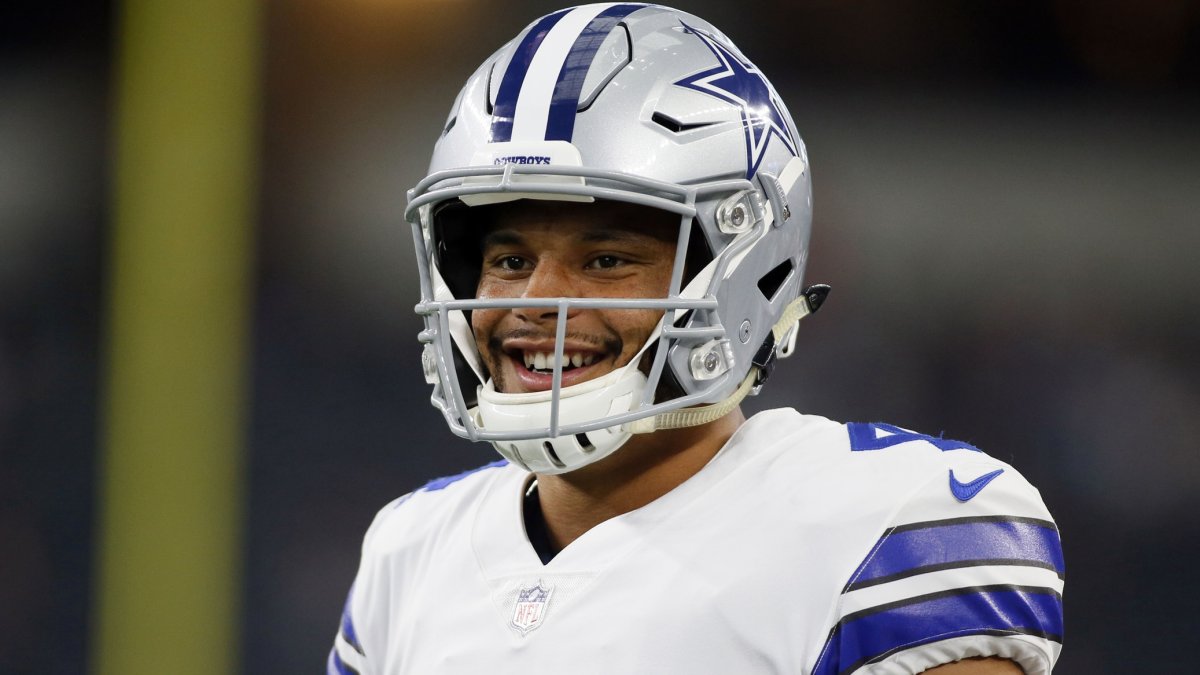The Cincinnati Bengals gave Andy Dalton what he wanted and released him last week, and it didn’t take long for the Bengals’ franchise leader in career touchdowns to find a new home.
According to reports, the Dallas Cowboys signed Dalton to a one-year contract worth $3 million guaranteed and up to a total of $7 million with incentives.
The money involved in the transaction paints Dalton’s role as that of a clear backup. However, his extensive history as a starter, including five straight playoff appearances from 2011-15, and the contract limbo of starting quarterback Dak Prescott has fed into suspicions that the signing could affect Prescott’s future with the team. Early reactions to the signing have ranged from reading too much into it to reading way too much into it.
Subscribe to PFF ELITE today to gain access to PFF’s Premium Stats and new Player Grades experience in addition to the 2020 NFL Draft Guide, 2020 Fantasy Rookie Scouting Report, PFF Greenline, all of PFF’s premium article content and more.
Dalton was signed to be Prescott’s backup — full stop. And it’s the kind of smart move that any team with a championship-caliber roster should pursue. If everything goes according to plan, Dalton will only serve as an insurance policy for Prescott this season and the Cowboys will extend their franchise quarterback sometime in the next few months.
Sometimes everything doesn’t go according to plan. A year ago, the public perception of Prescott was quite different from today, since he had struggled in his second and third seasons following a stellar rookie campaign. Prescott posted MVP-adjacent stats last season, however, and now far fewer think that the Cowboys could benefit from letting him go and starting over with a cheaper option.
A year from now, we could have a different perception of Prescott again, and that shift could have something to do with how well Dalton plays — if he has the opportunity.
Rather than making bold proclamations without evidence of how much better Prescott is (or isn’t) than Dalton, I’m using a statistically rigorous approach to compare the two quarterbacks. This approach will look at the quarterbacks’ futures as ranges of outcomes, not a singular declaration of worth.
We know that Prescott is likely a better quarterback than Dalton, but figuring exactly how likely that is, and how likely it is that Prescott continues his stellar play of last season, can tell us a lot about how to view the quarterback room in Dallas.
BAYESIAN UPDATING
In this analysis, I’m going to use the passing grades and dropback efficiency of every single play of Prescott and Dalton’s careers to forecast them going forward.
The results will be a range of outcomes for their true passing ability in terms of PFF passing grades and expected points added (EPA, an advanced efficiency metric), by properly weighing results and priors — or pre-NFL expectations — based on their respective draft positions.
The technique used is called Bayesian updating. I laid out a more detailed explanation about the methodology behind this analysis in a prior article when I applied it to the 2017 quarterback class.
Exclusive content for premium subscribers

WANT TO KEEP READING?
Dominate Fantasy Football & Betting with AI-Powered Data & Tools Trusted By All 32 Teams
Already have a subscription? Log in



 © 2025 PFF - all rights reserved.
© 2025 PFF - all rights reserved.